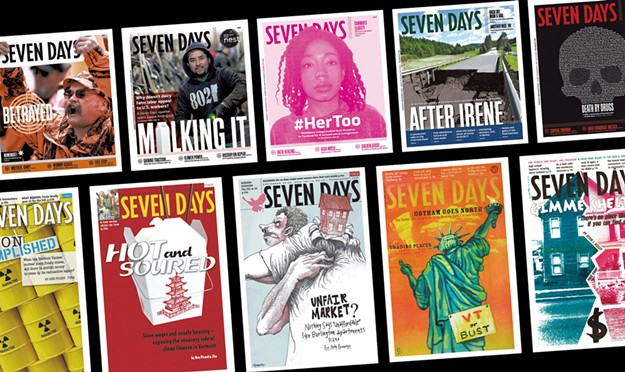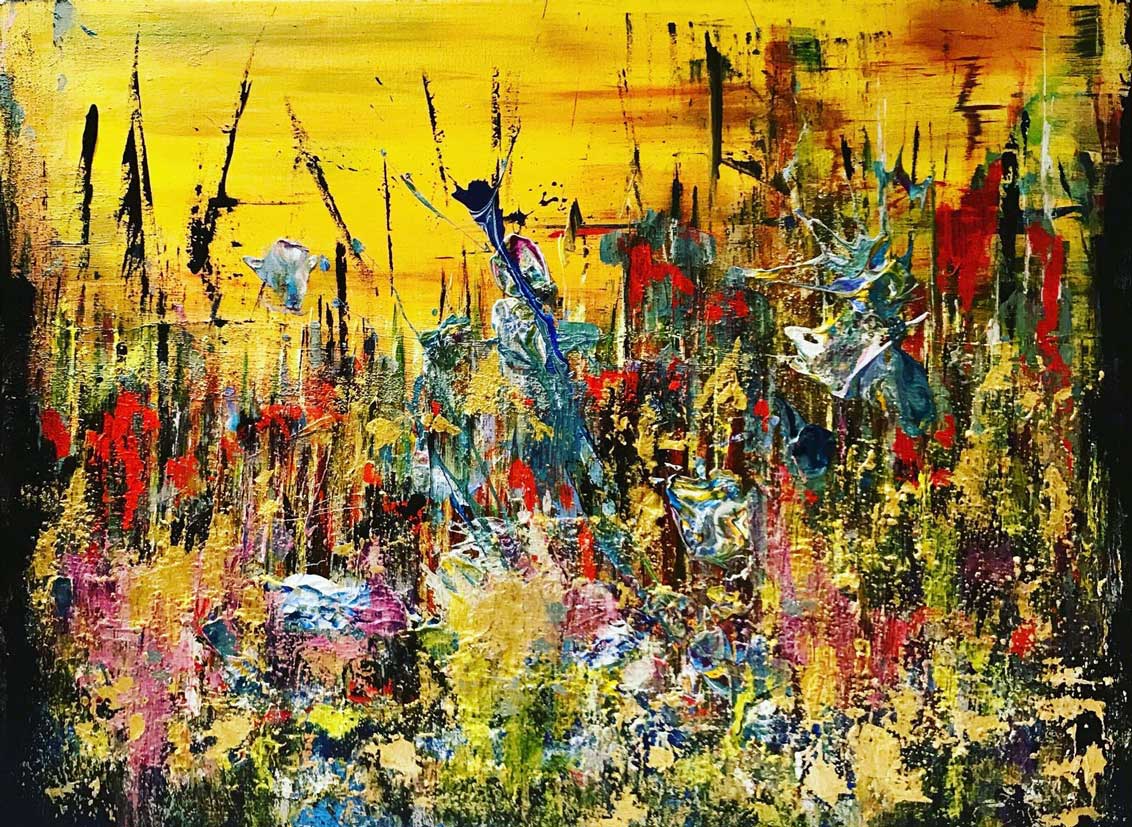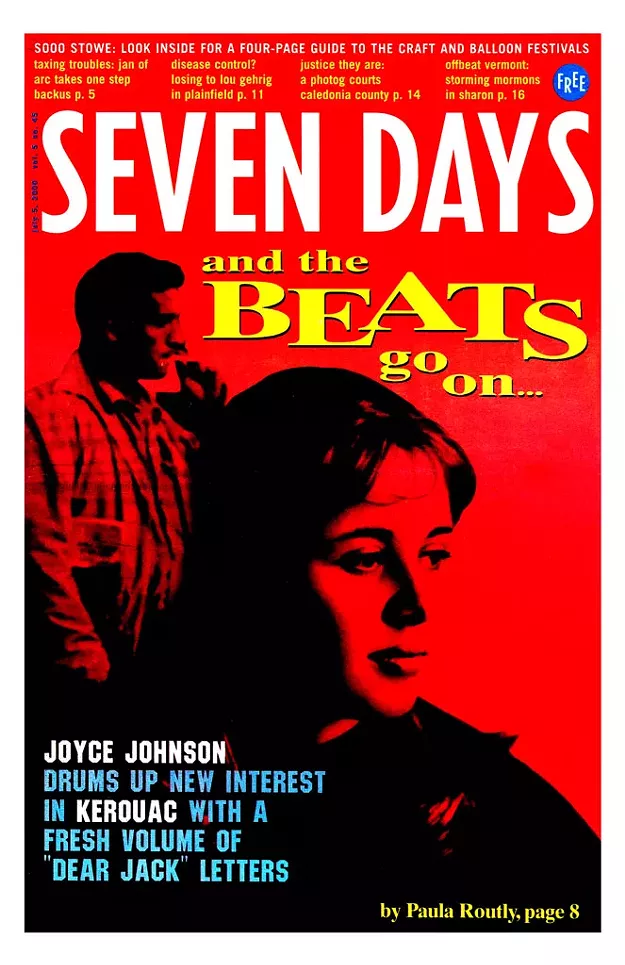



Thornton’s essays had a strong, narrative flow, weaving the past and present seamlessly. This is a book for the general public, although I think most of the readers will be involved in the world she depicts. Thornton has a background in journalism and art history, so her approach to the art world was respectful and informed, without taking anything for granted. In all of these situations, Thornton did dozens, if not hundreds of interviews with art world insiders, in preparation for the actual day, so that she was able to weave in personal commentary and historical narrative. ‘Seven Days’ is a book that literally depicts seven actual calendar days, although not chronological ones, in order to give a firsthand account of seven conflicting extremes of the art world – a Christie’s auction, a studio visit with Takashi Murakami, the Basel Art Fair, a behind-the-scenes look at Artforum magazine, the Turner Prize, an all day critique with grad students at Calarts, and the preview of the Venice Biennale. This book did indulge in some unabashed hero-worship, but I was impressed that Thornton did her homework and that I actually learned something from her research. I was expecting the usual kidd-gloves approach and cult worship the general public usually reserves for art world celebrities, without the critical eye of an insider. I picked up Sarah Thornton’s ‘Seven Days in the Art World’ on a whim at Barnes & Noble, after hearing a buzz about it on NPR.


 0 kommentar(er)
0 kommentar(er)
